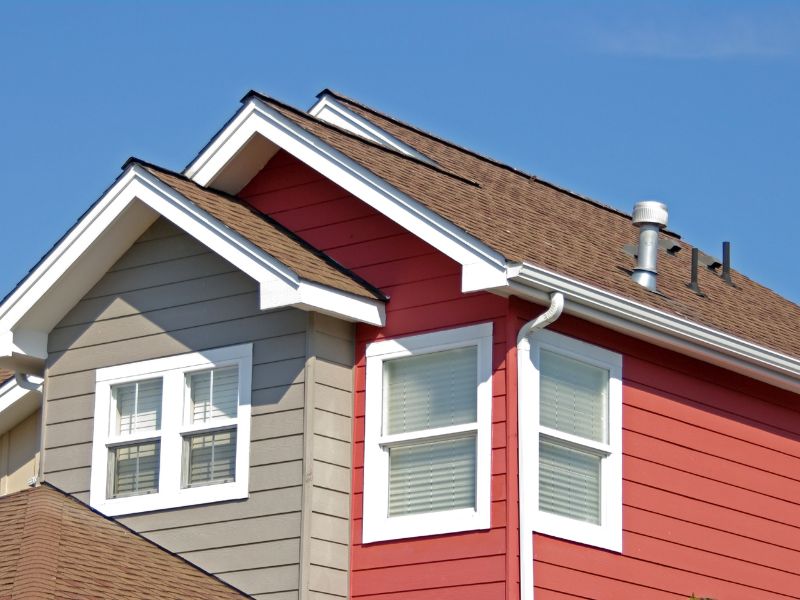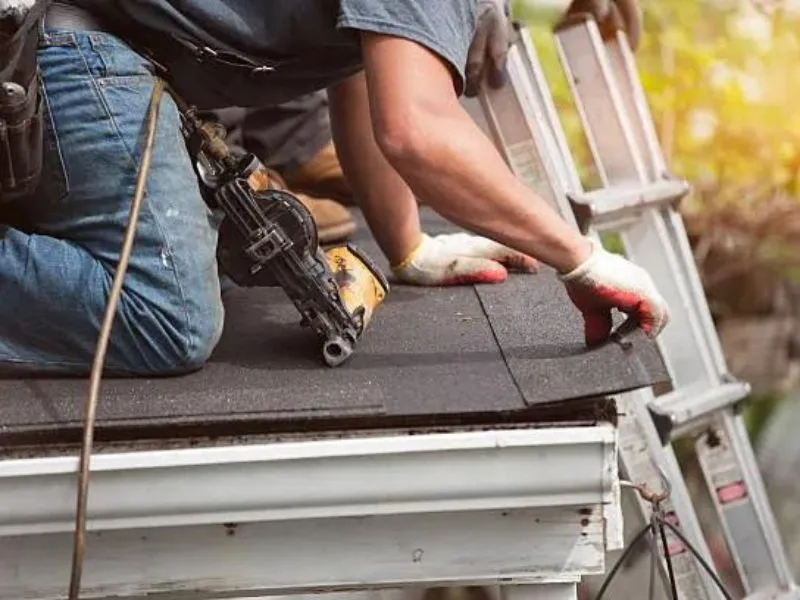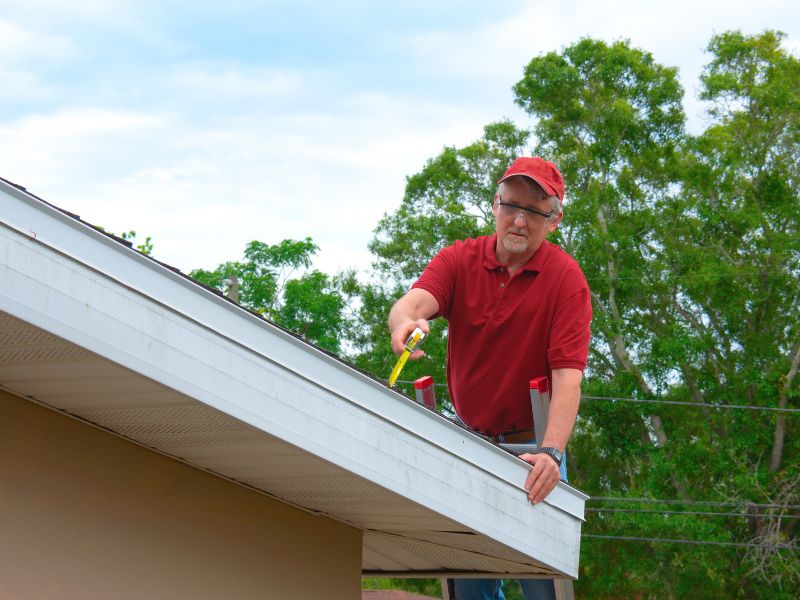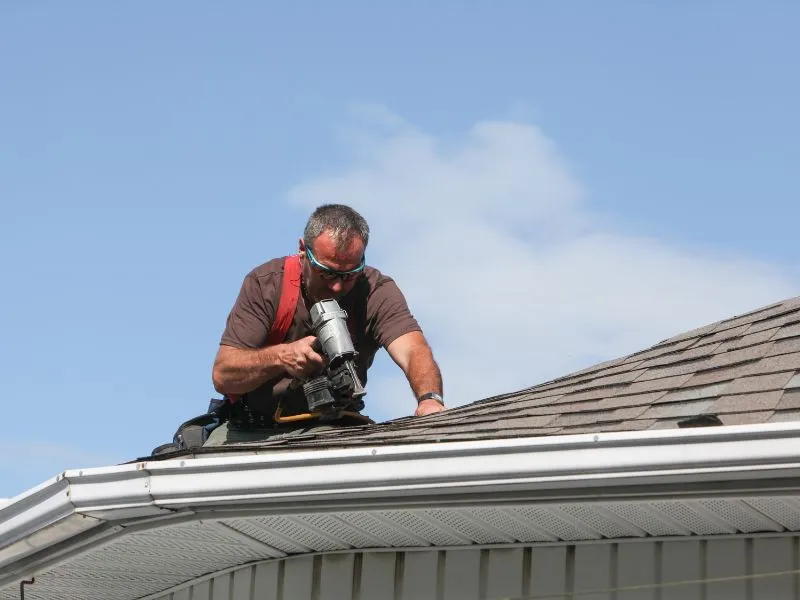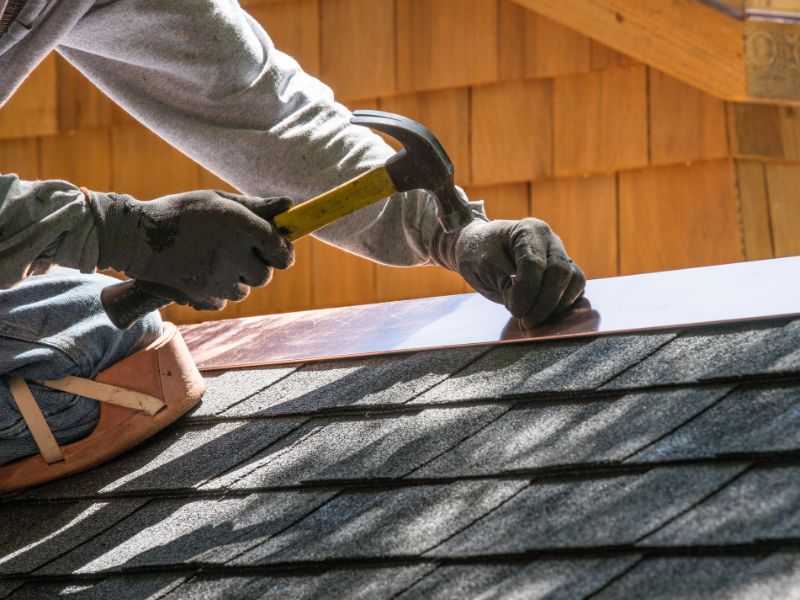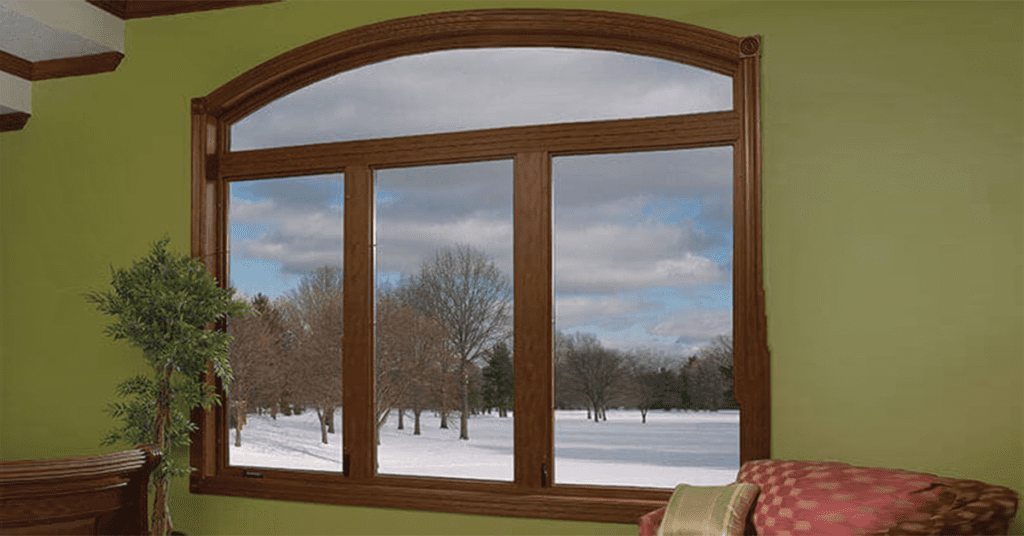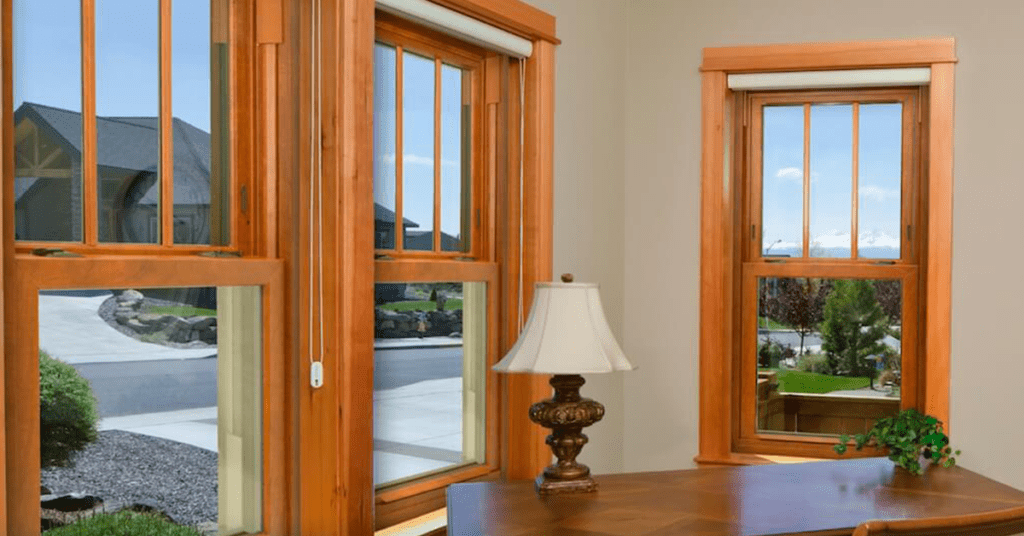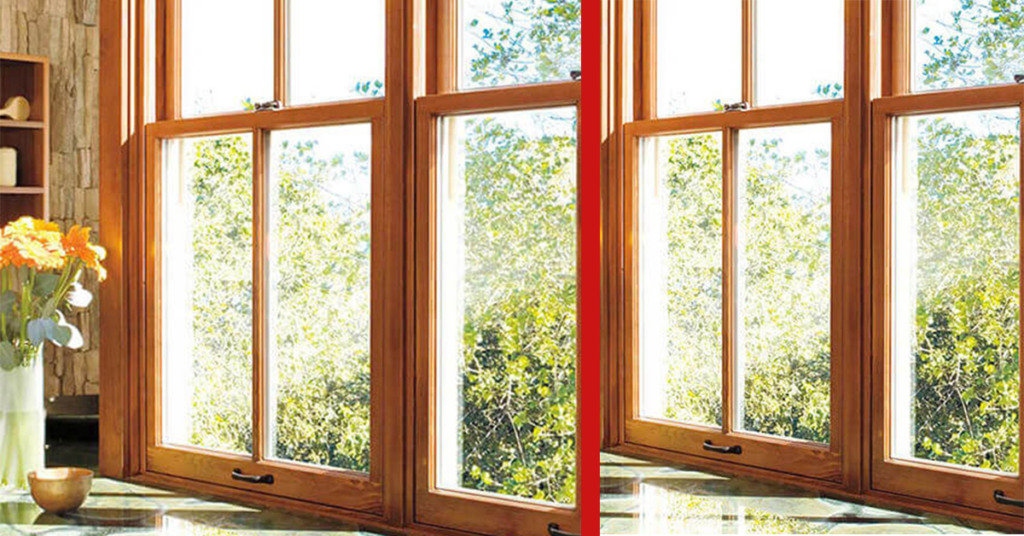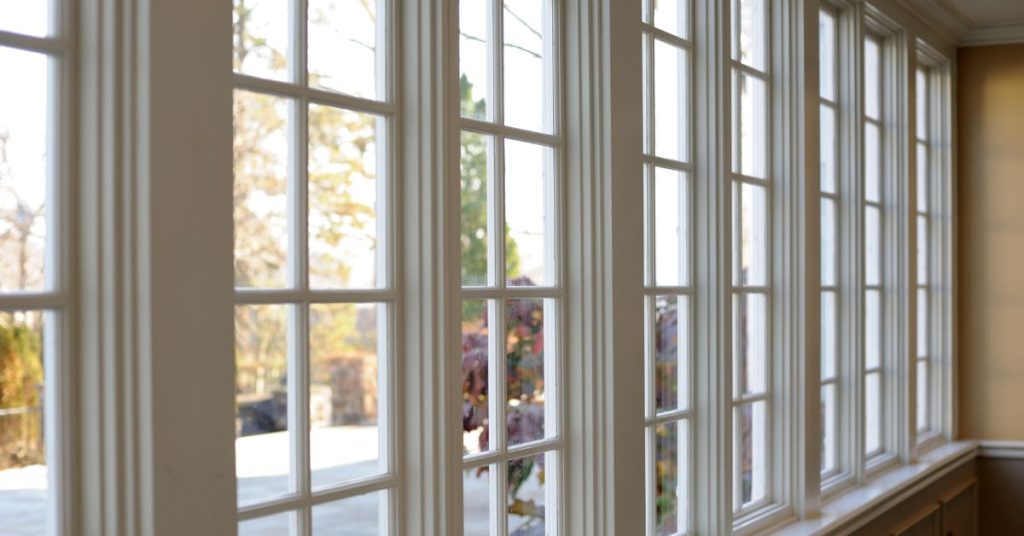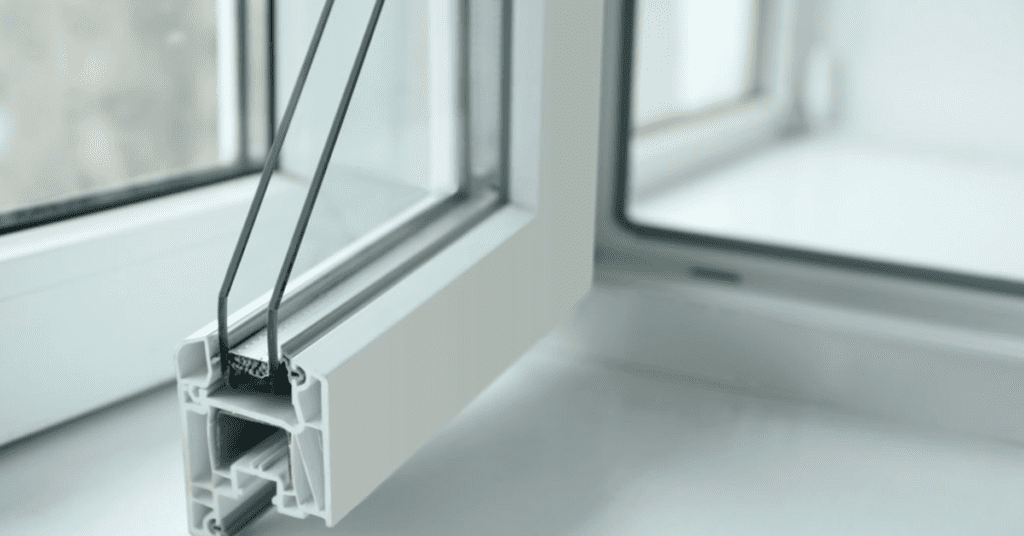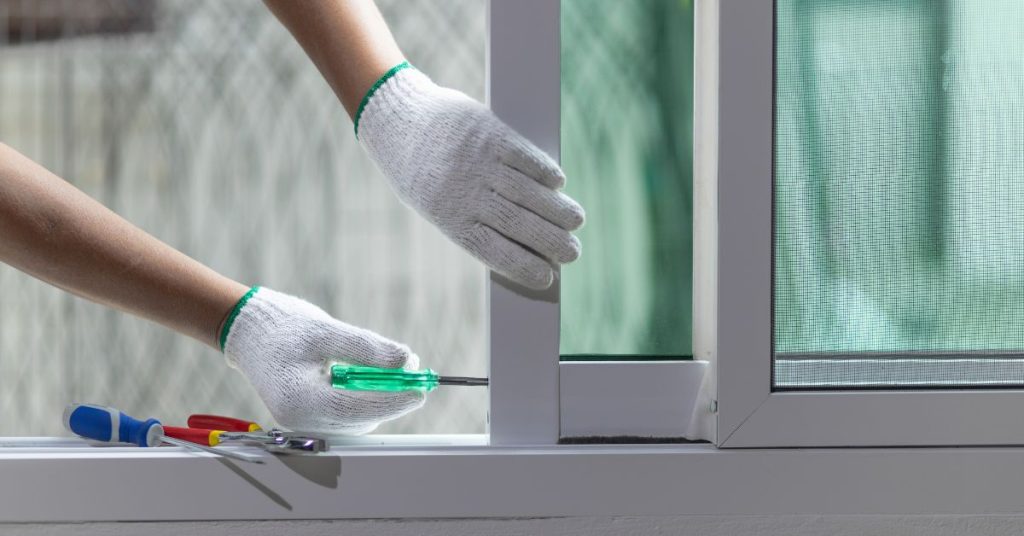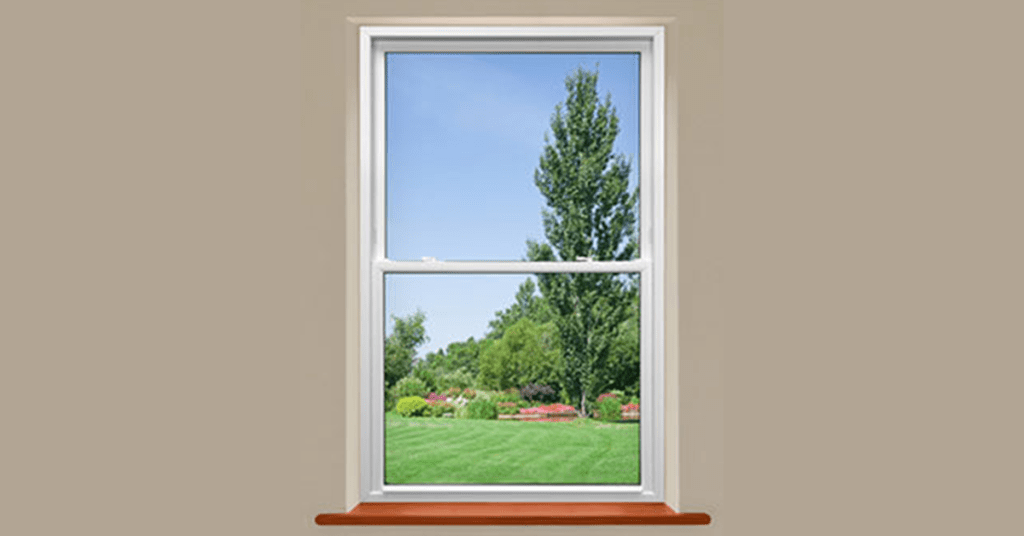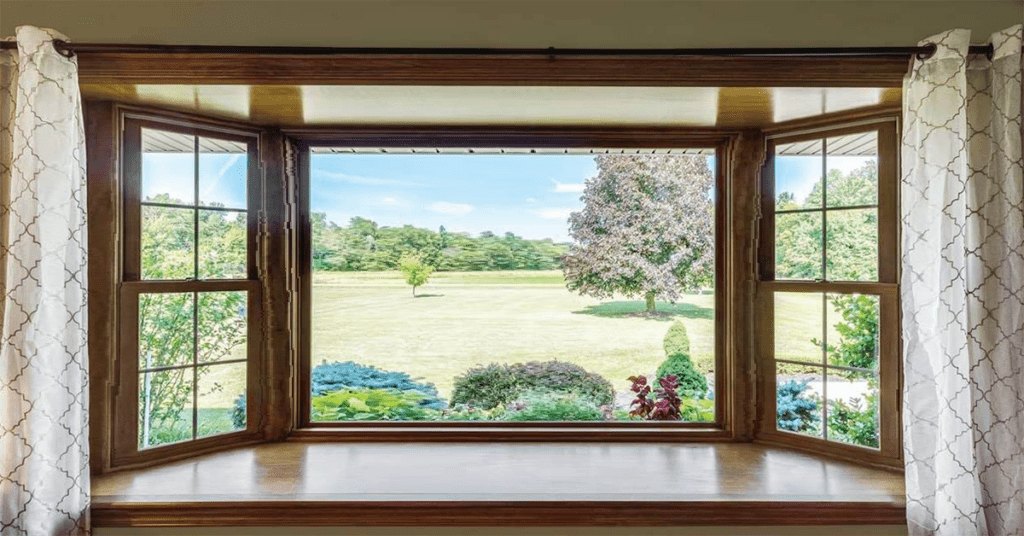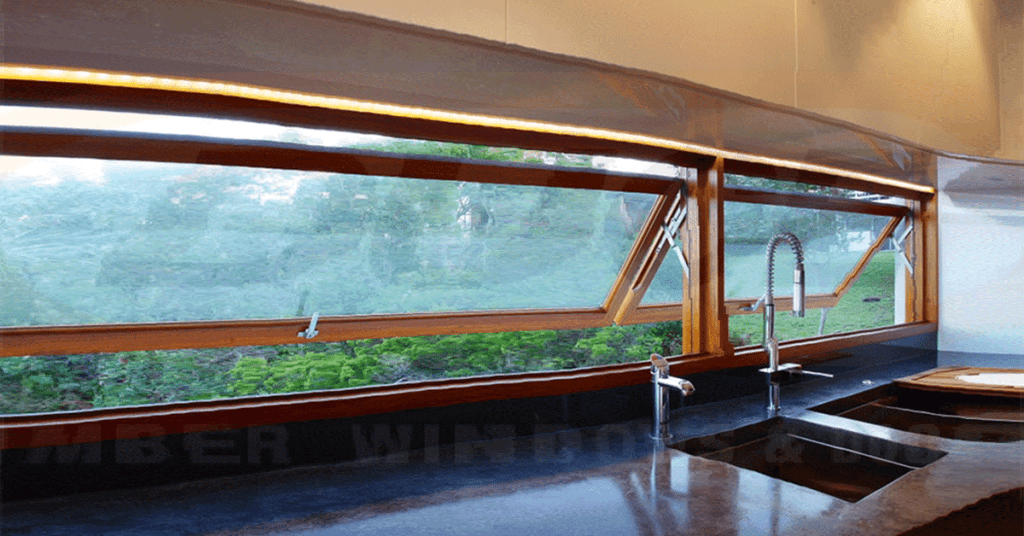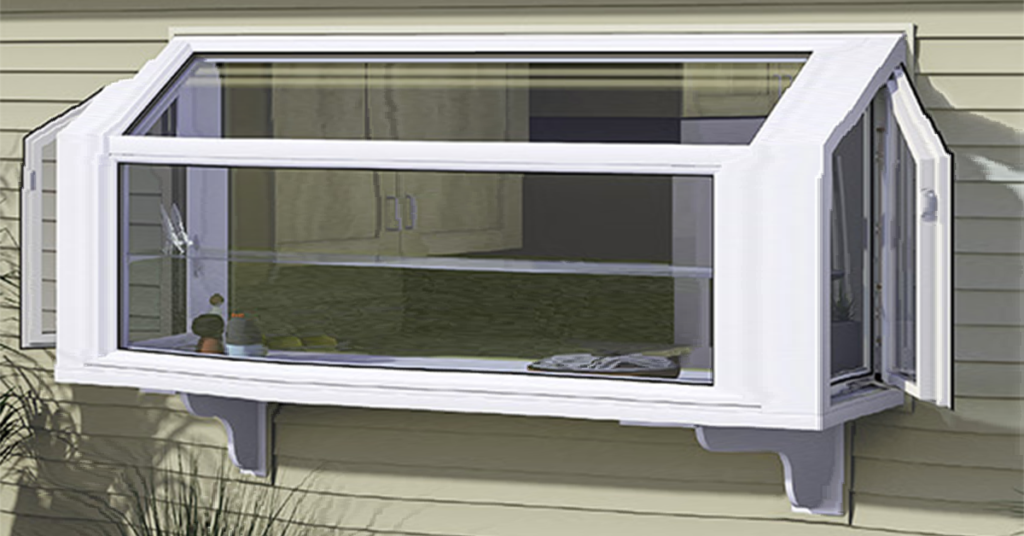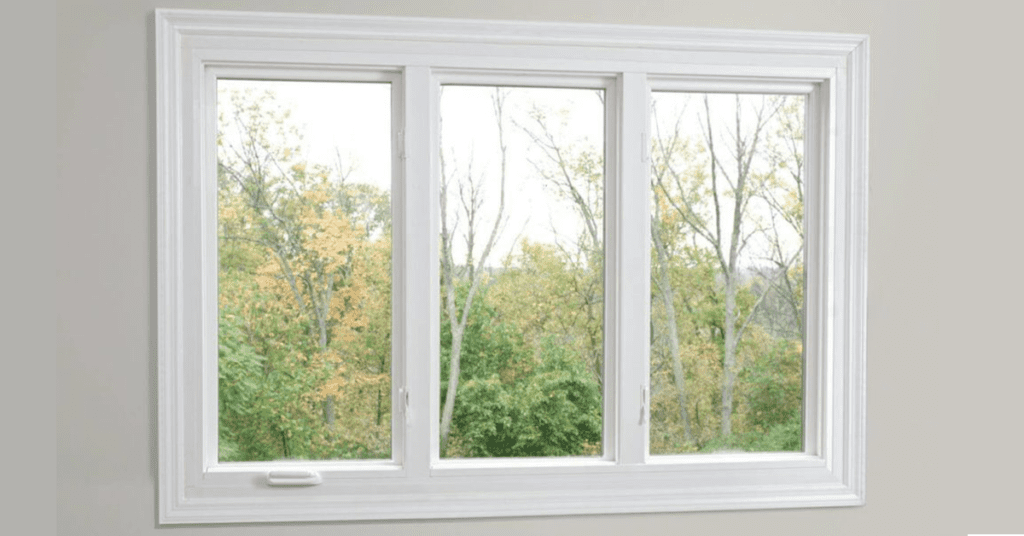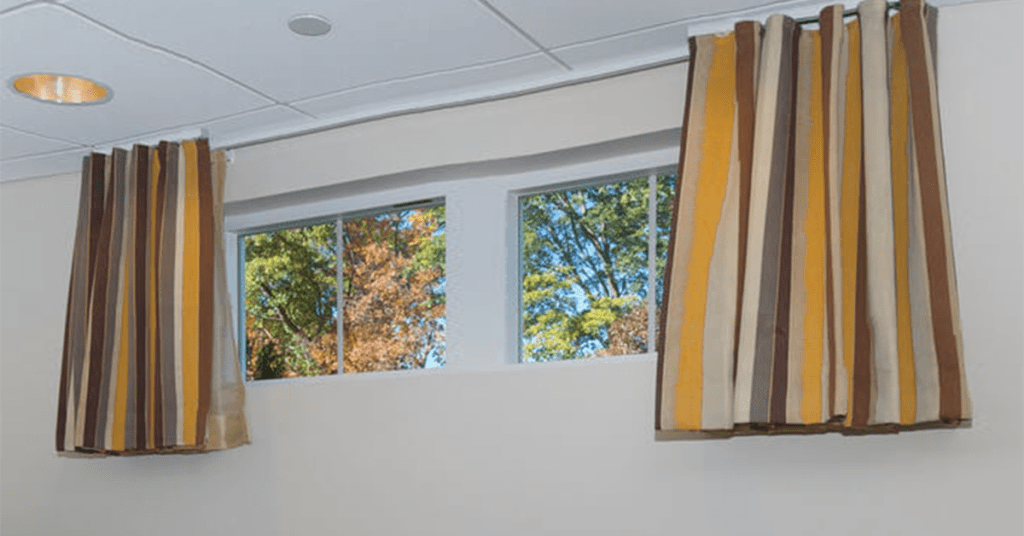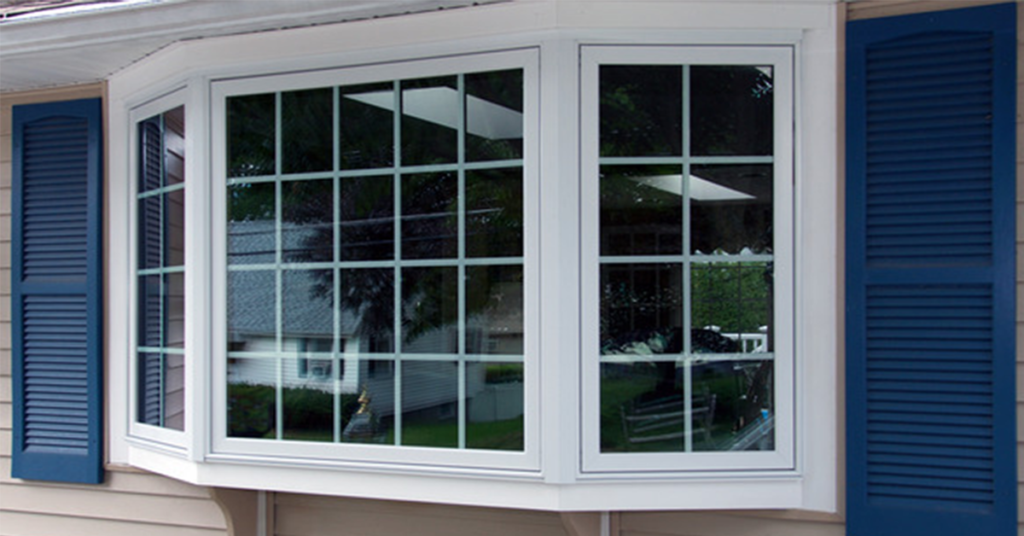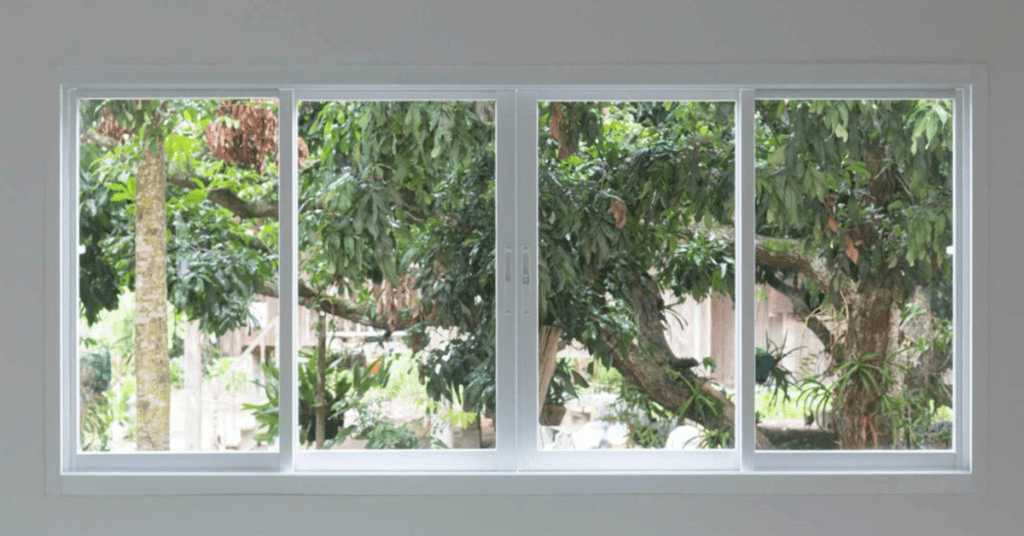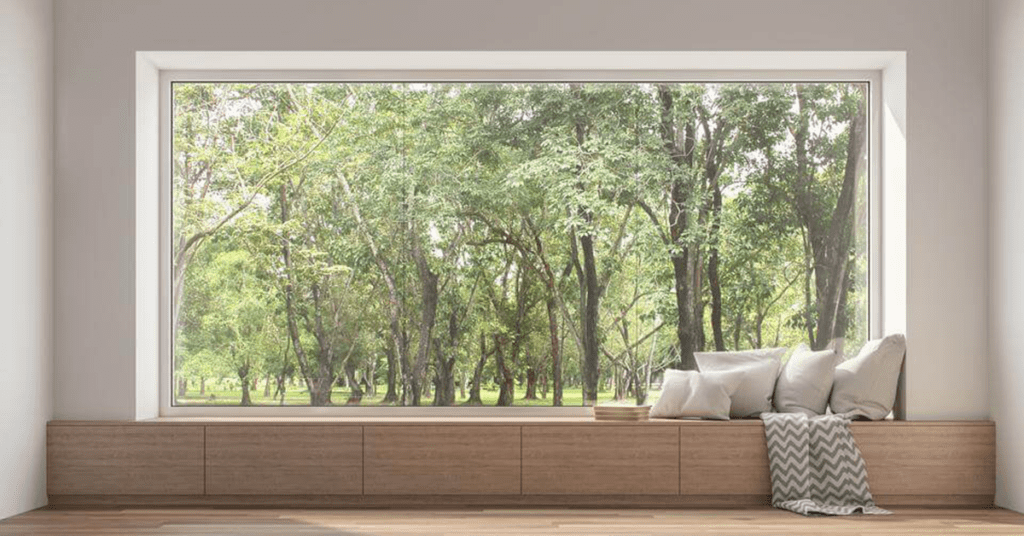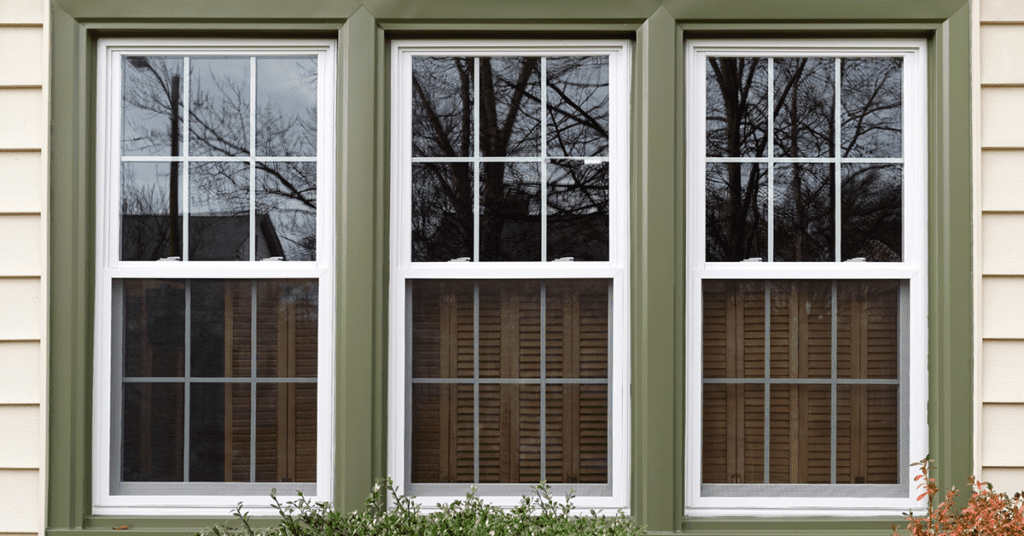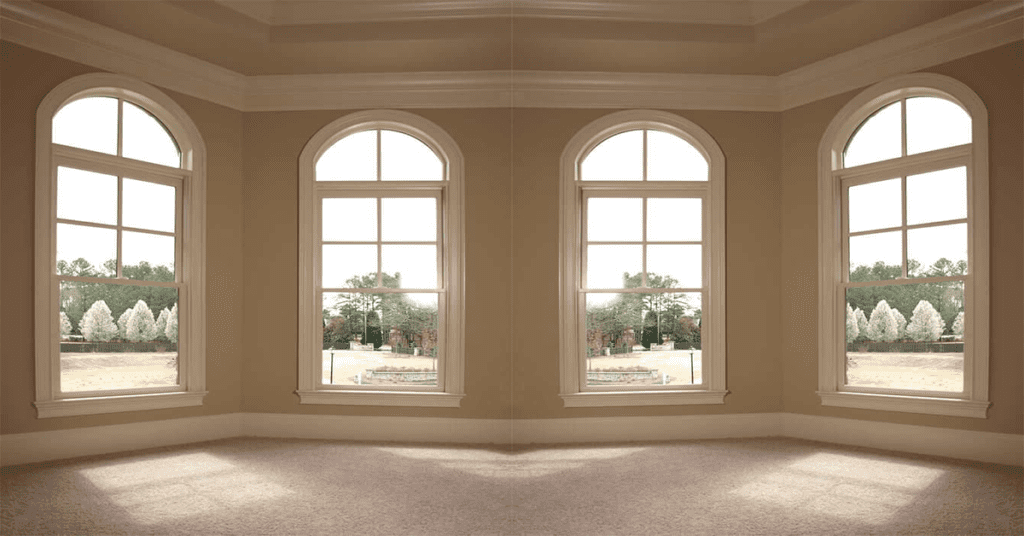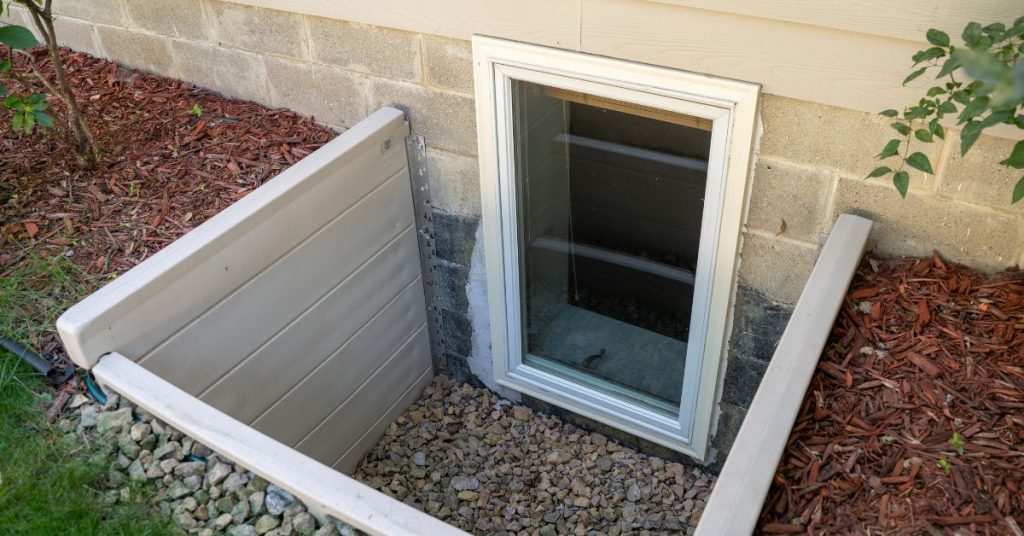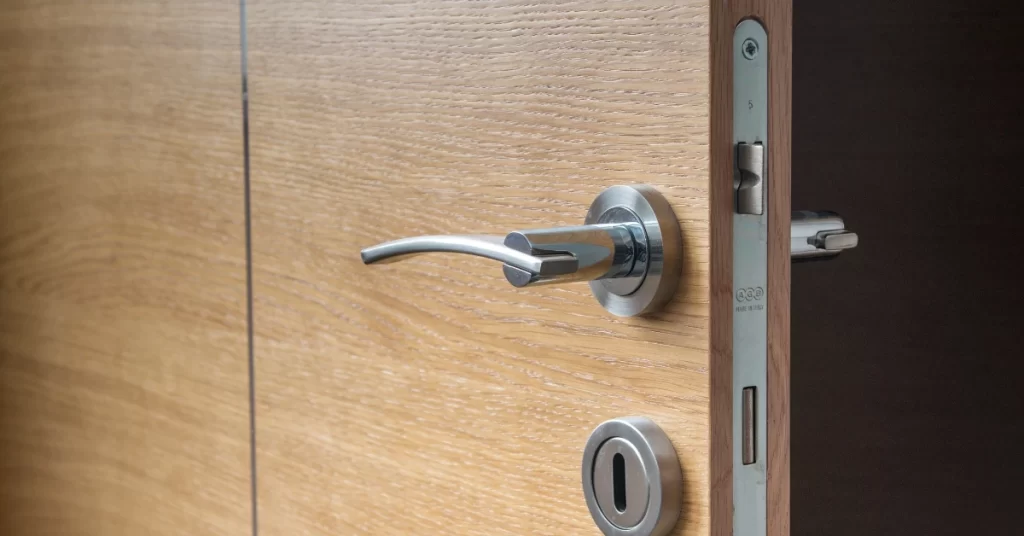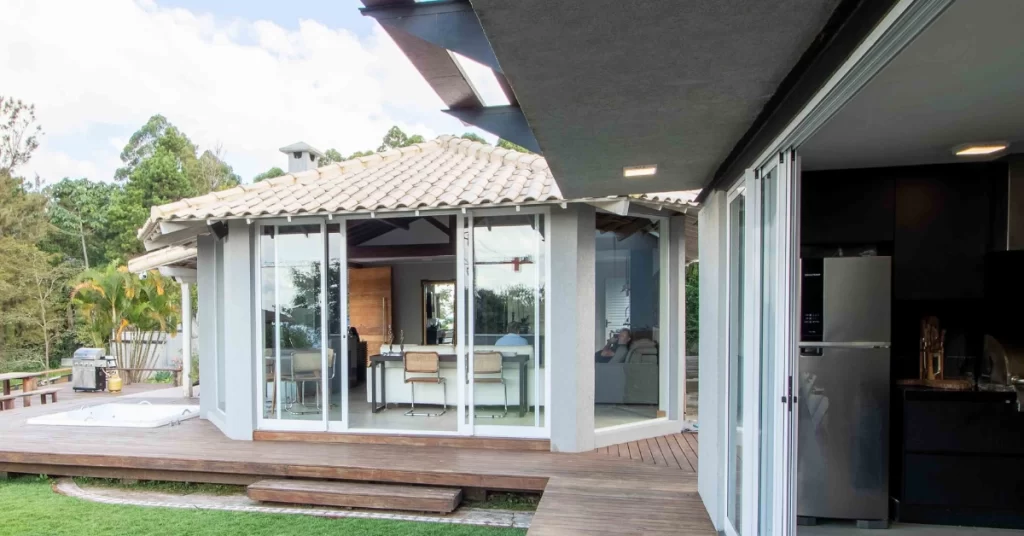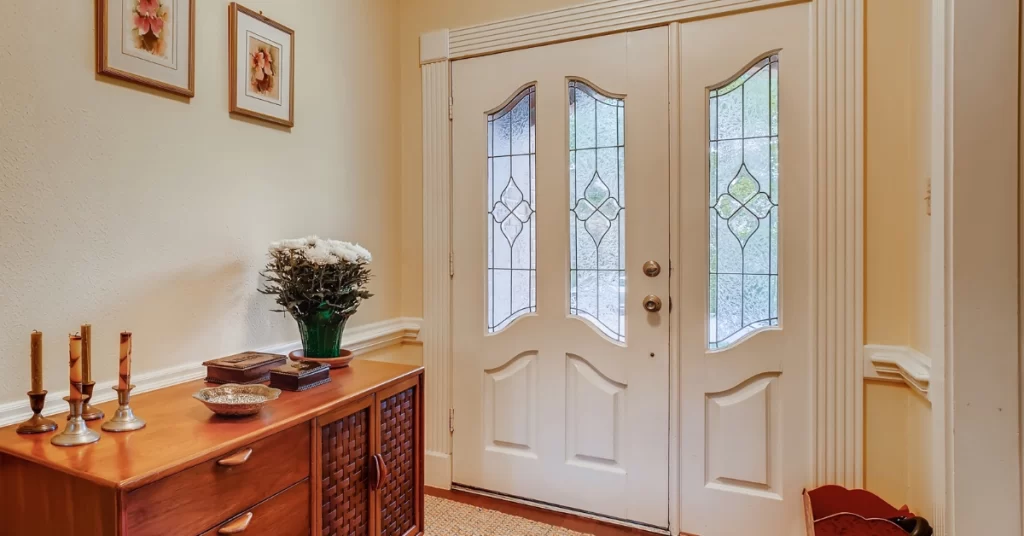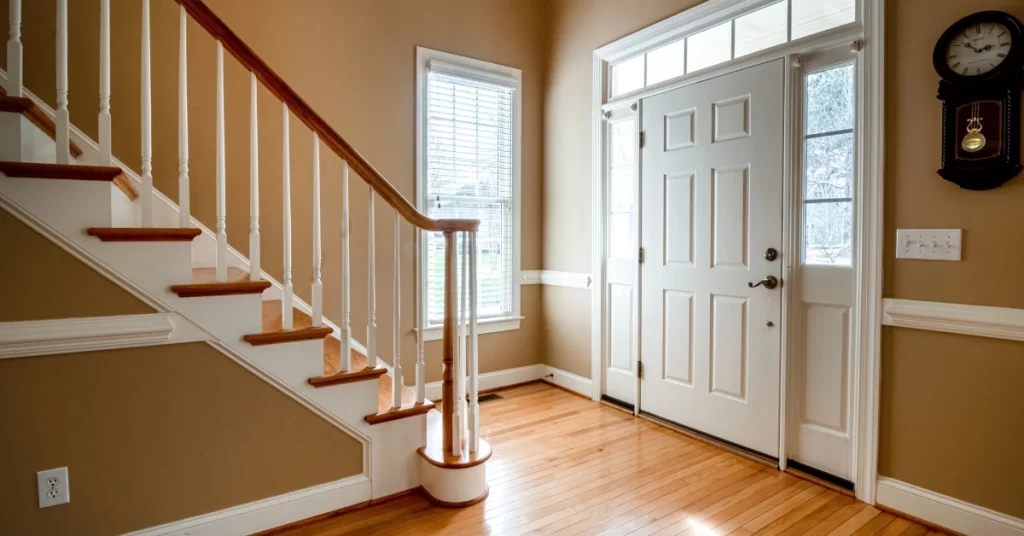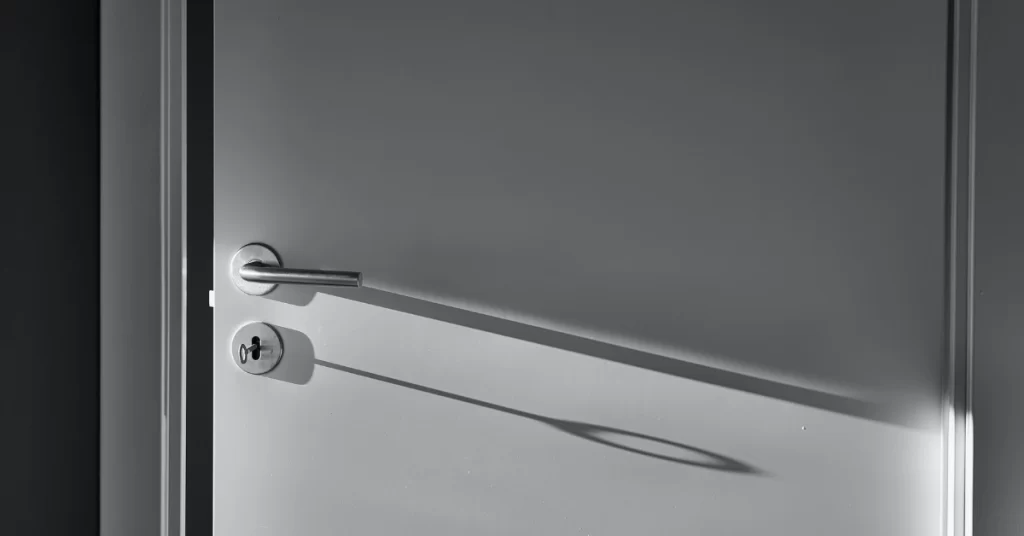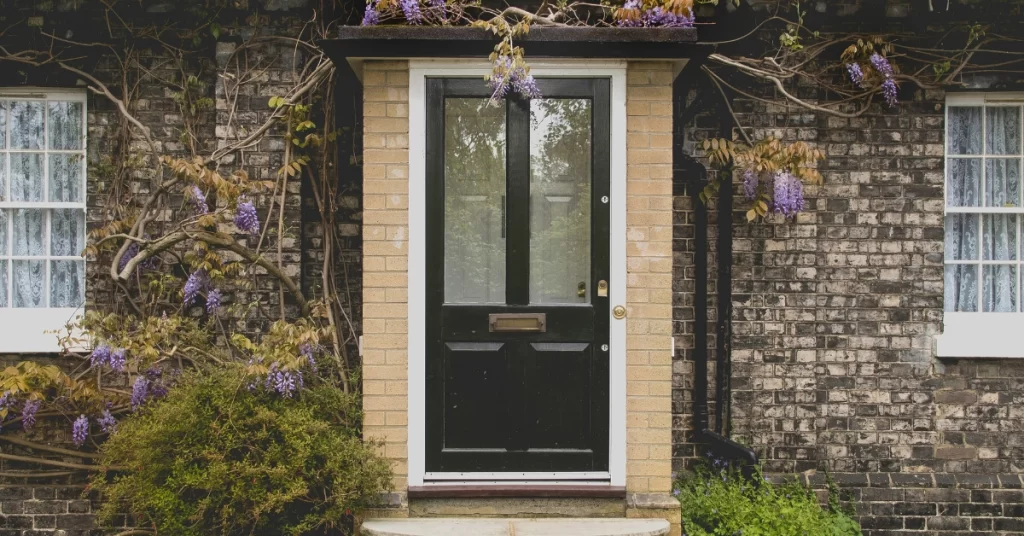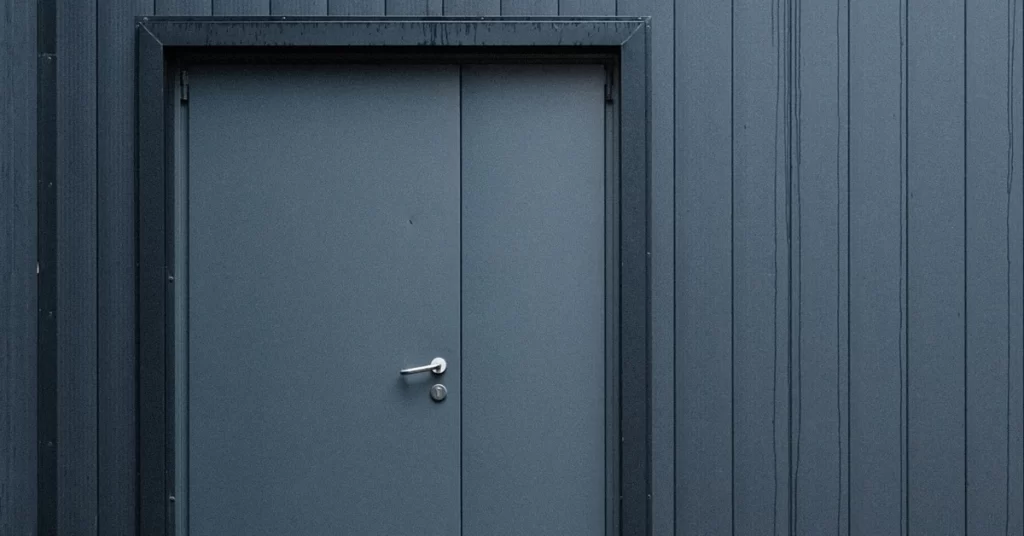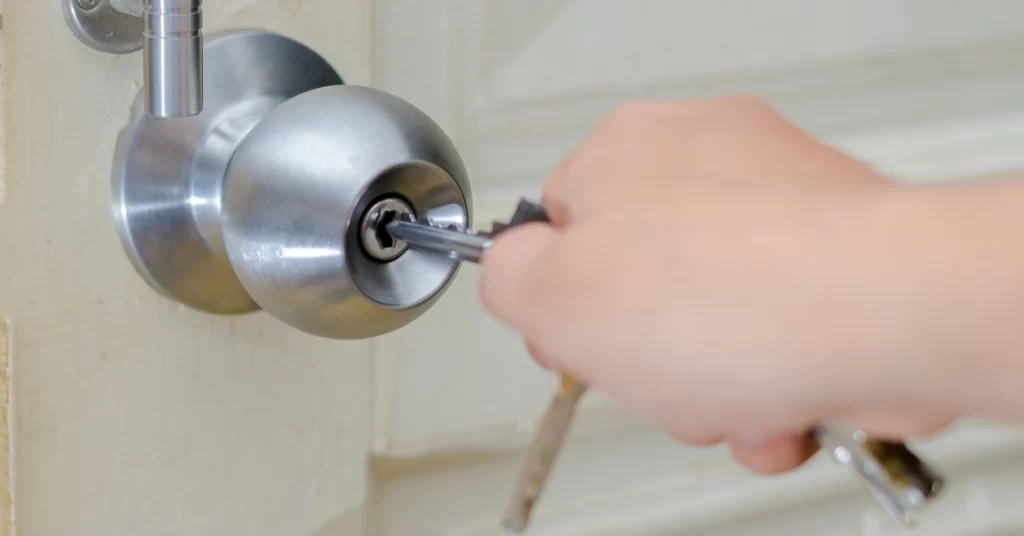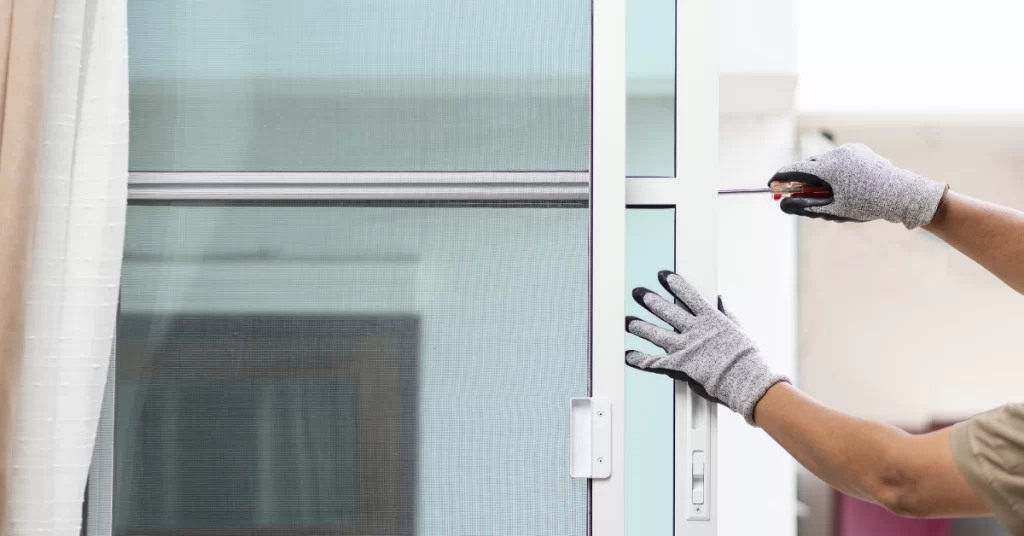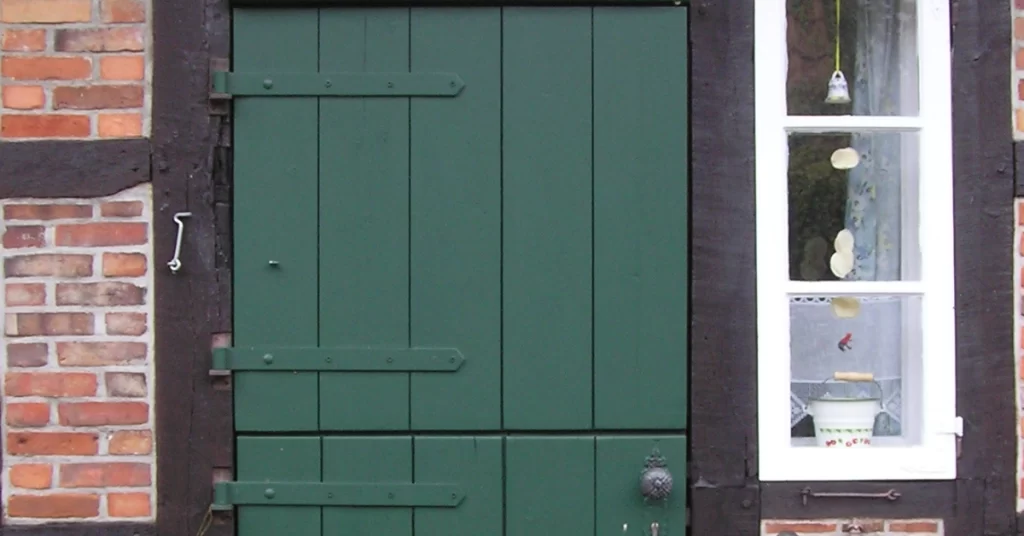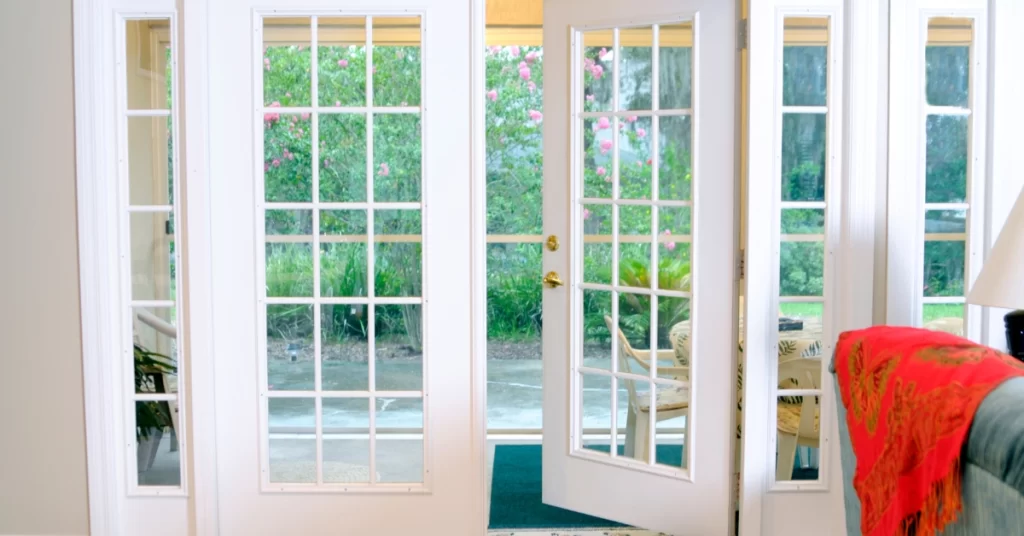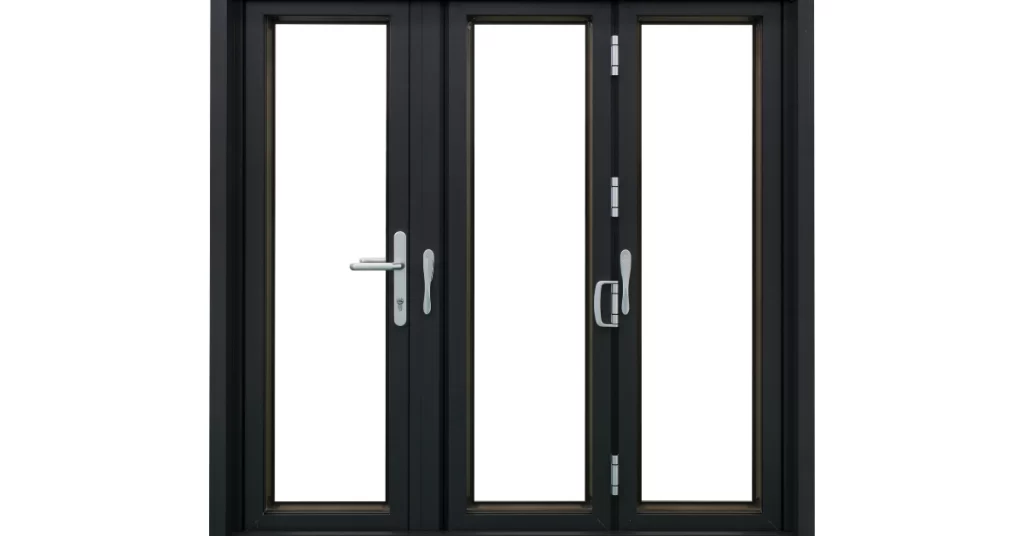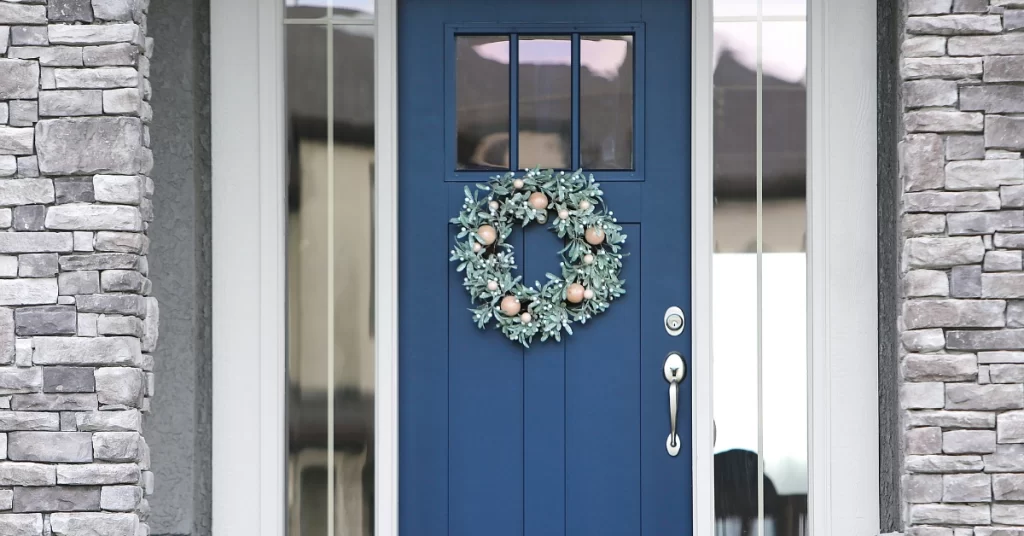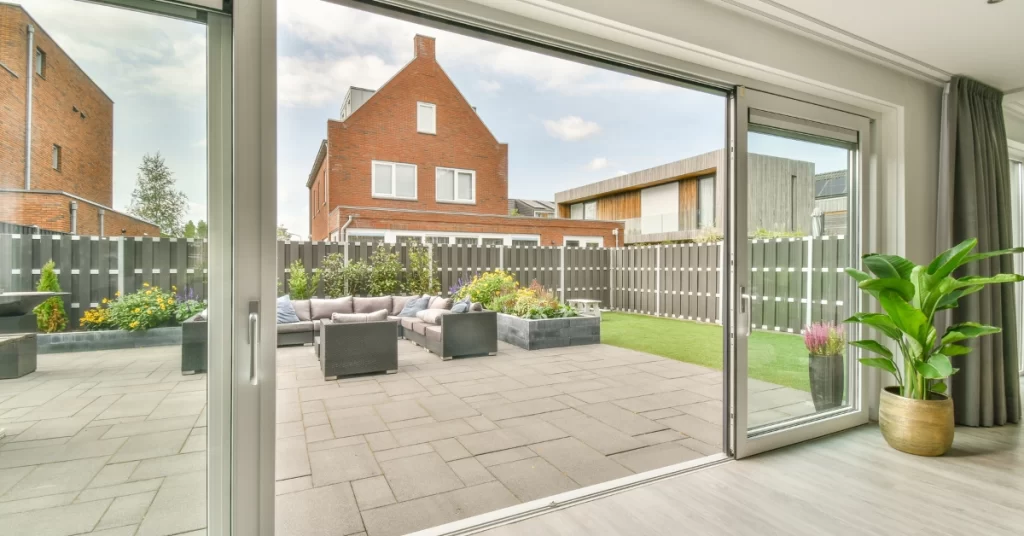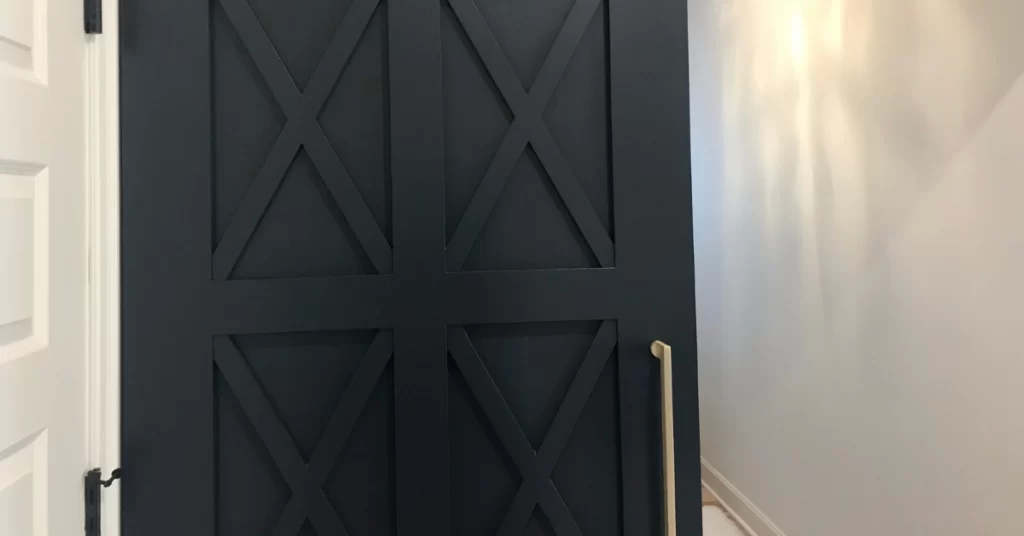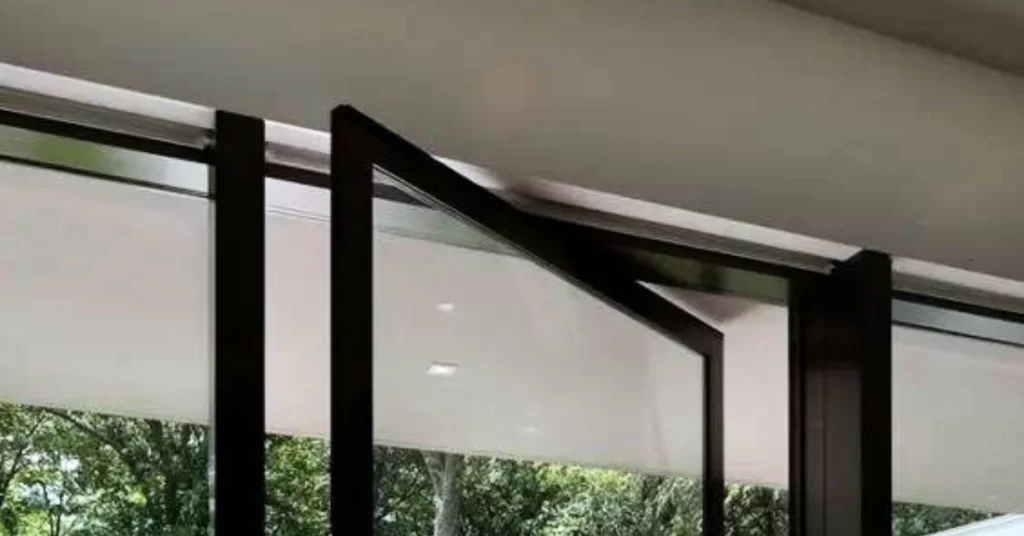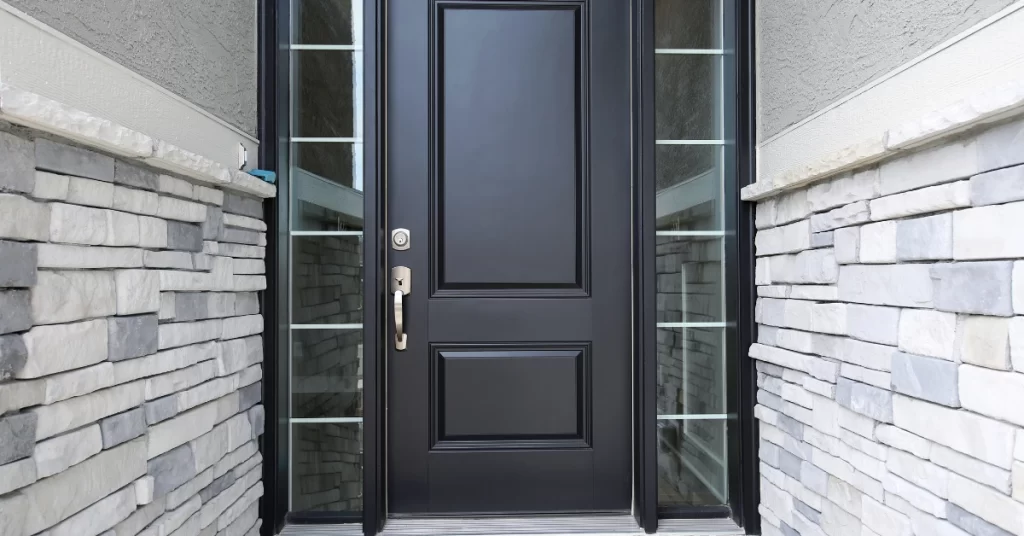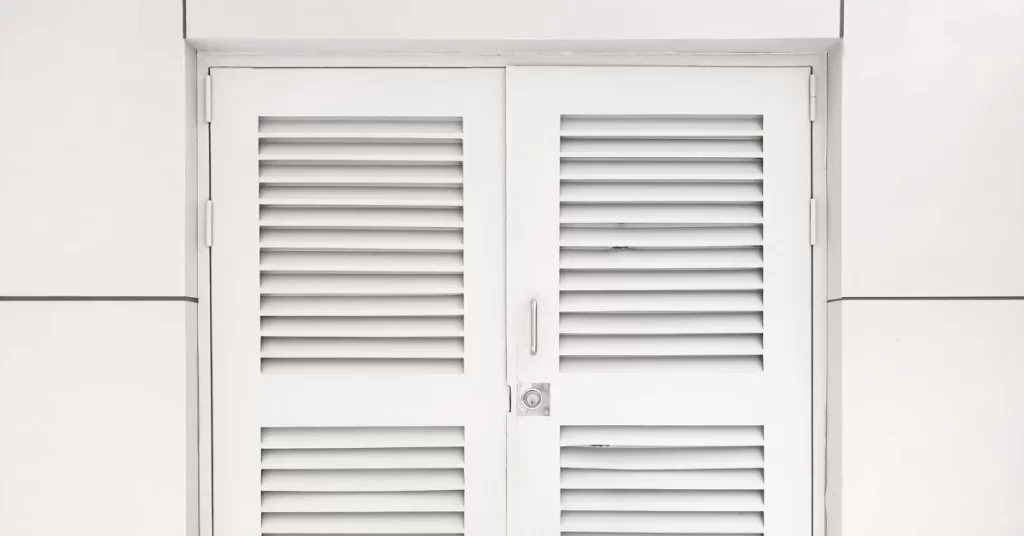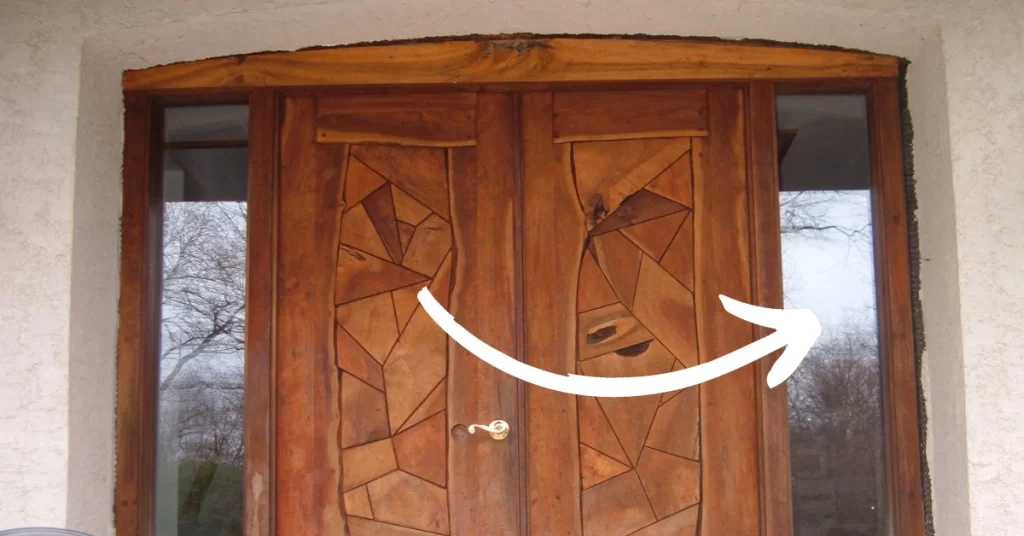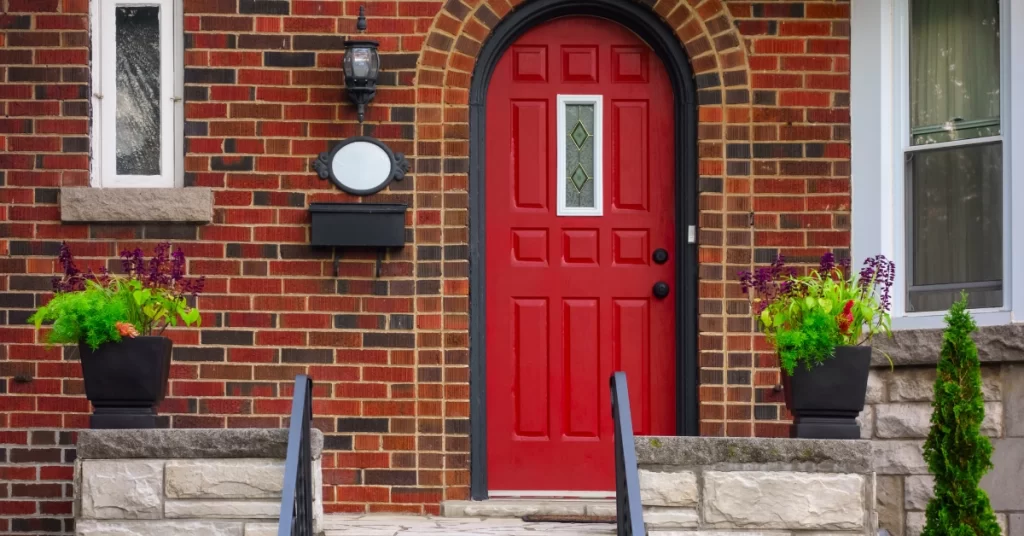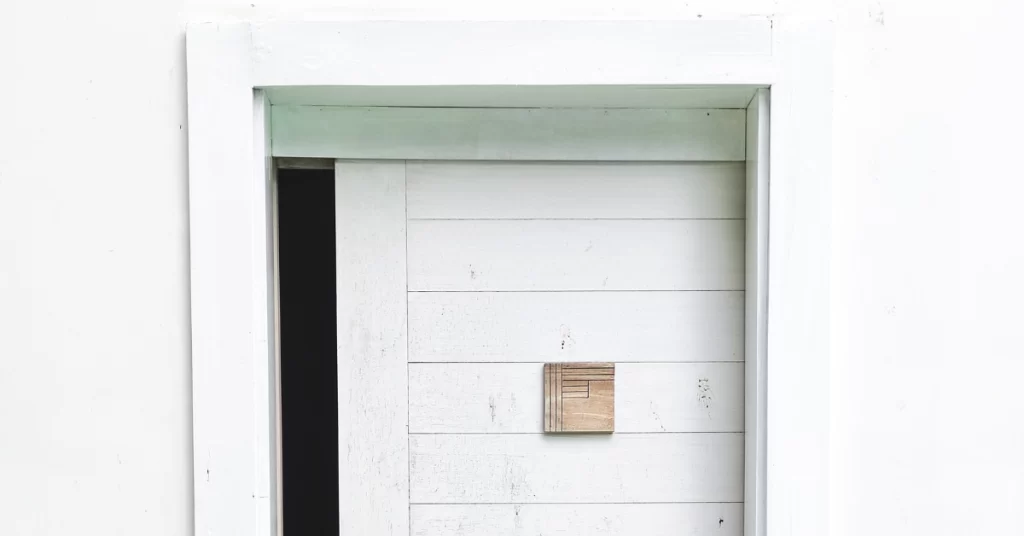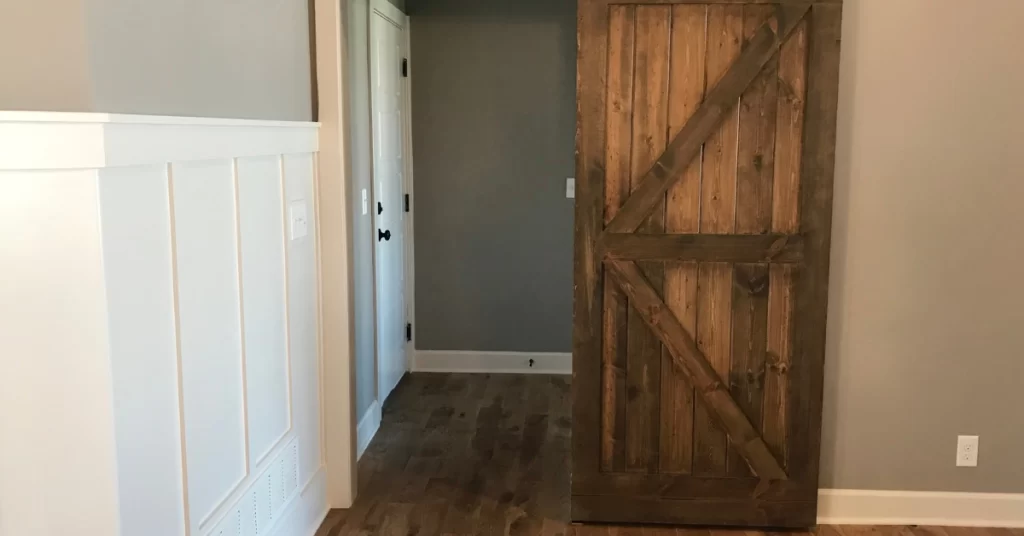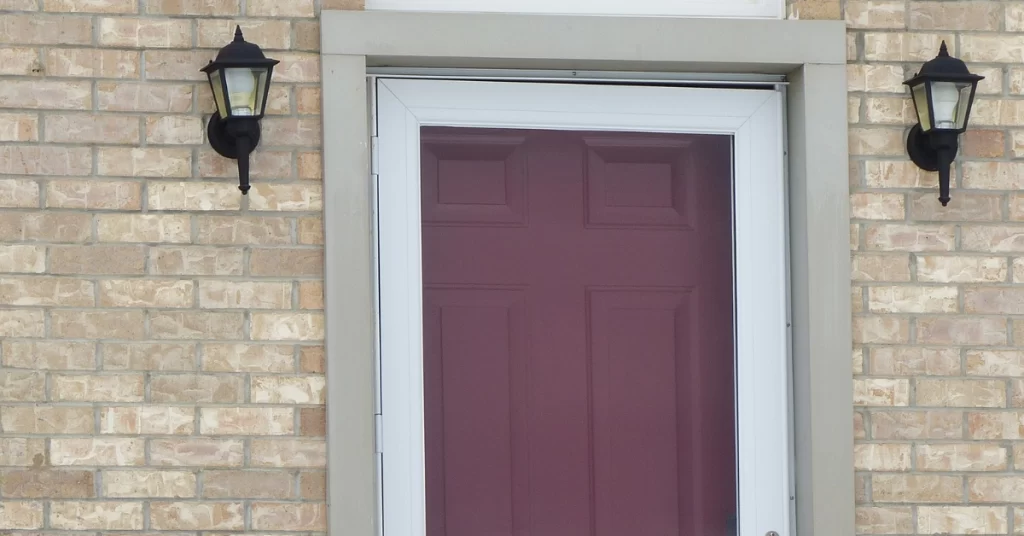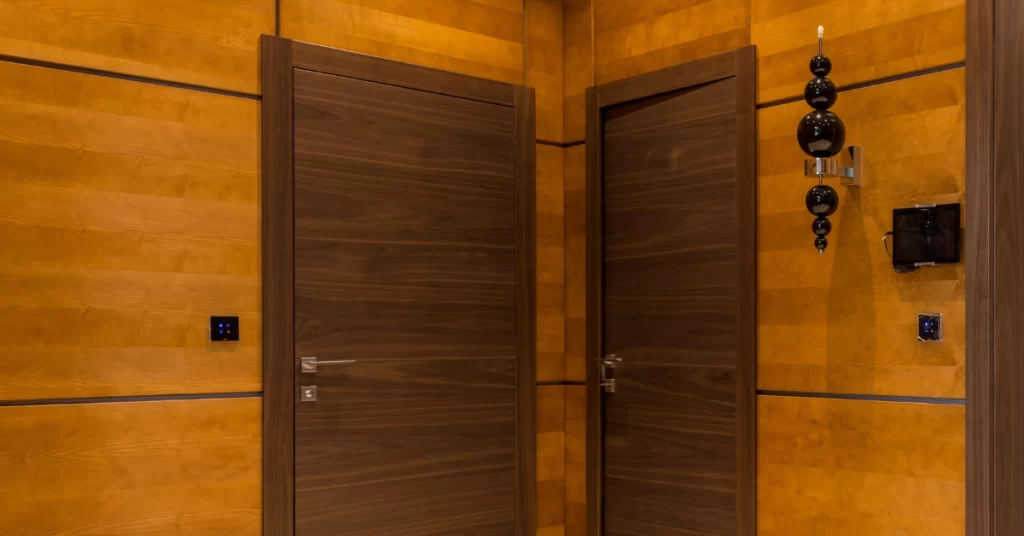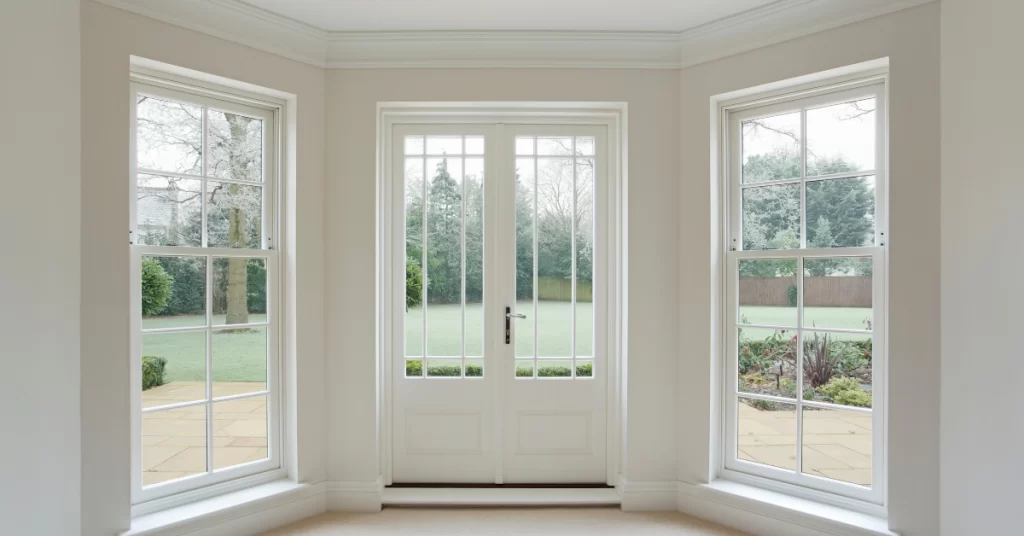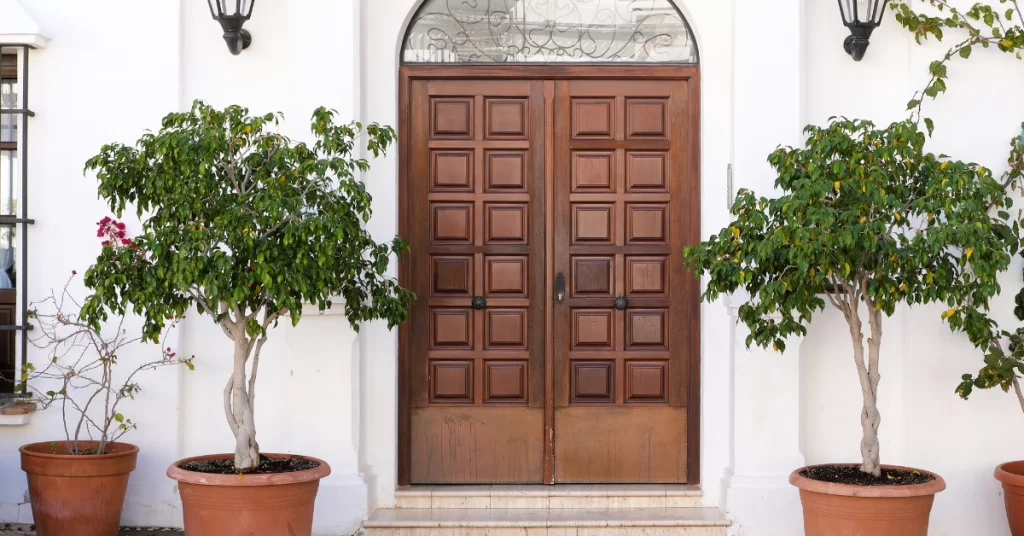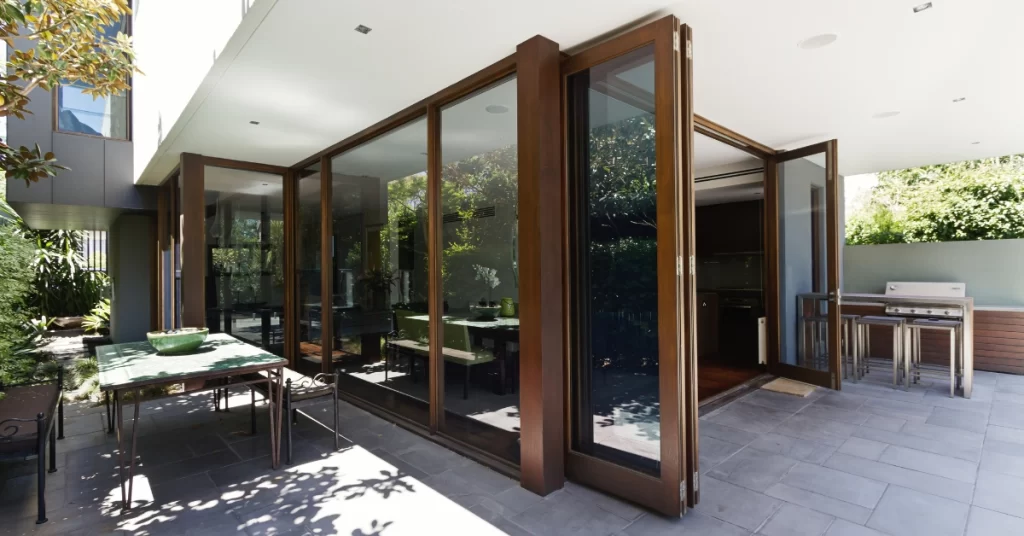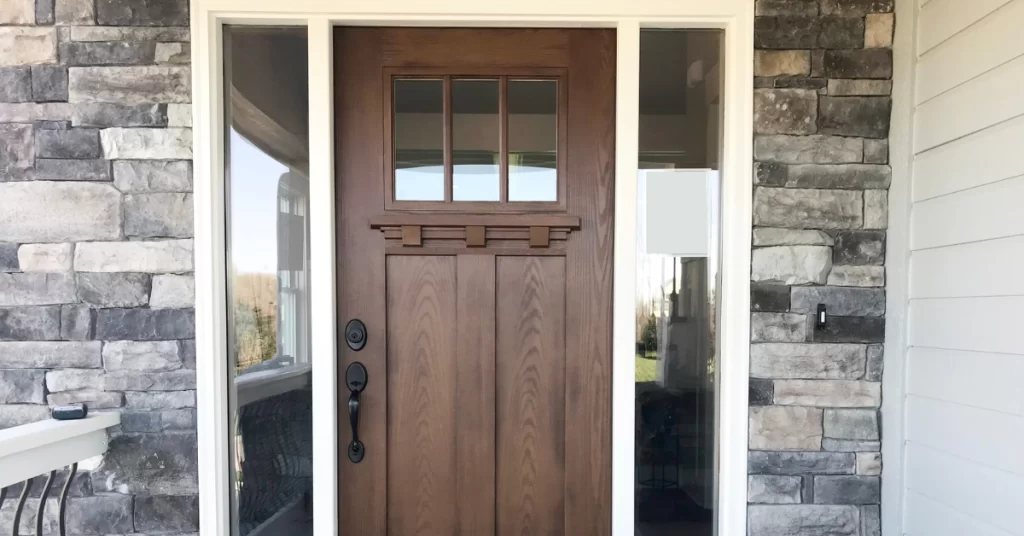Roofers use lots of techy terms and abbreviations that can be confusing for homeowners. One of these is TPO roofing. So, what does TPO stand for? It’s short for Thermoplastic Olefin – a roofing material renowned for its strength and energy efficiency.
In recent years, TPO roofing has become all the rage due to its many advantages. It’s UV light, ozone and chemical-resistant, making it incredibly resilient and long-lasting. Plus, it has a reflective surface which helps reduce heat absorption, ultimately lowering energy bills.
Unlike other roofing materials such as asphalt or metal, TPO roofing can be fitted in various climates and weathers. It’s also bendy, so it can expand and contract without causing damage to the roof. This means it’s less likely to suffer from cracks or leaks.
Pro Tip: For the best results, it’s important to hire a professional contractor with experience in TPO roofing installation. If done incorrectly, it could result in early aging or harm to the roof.
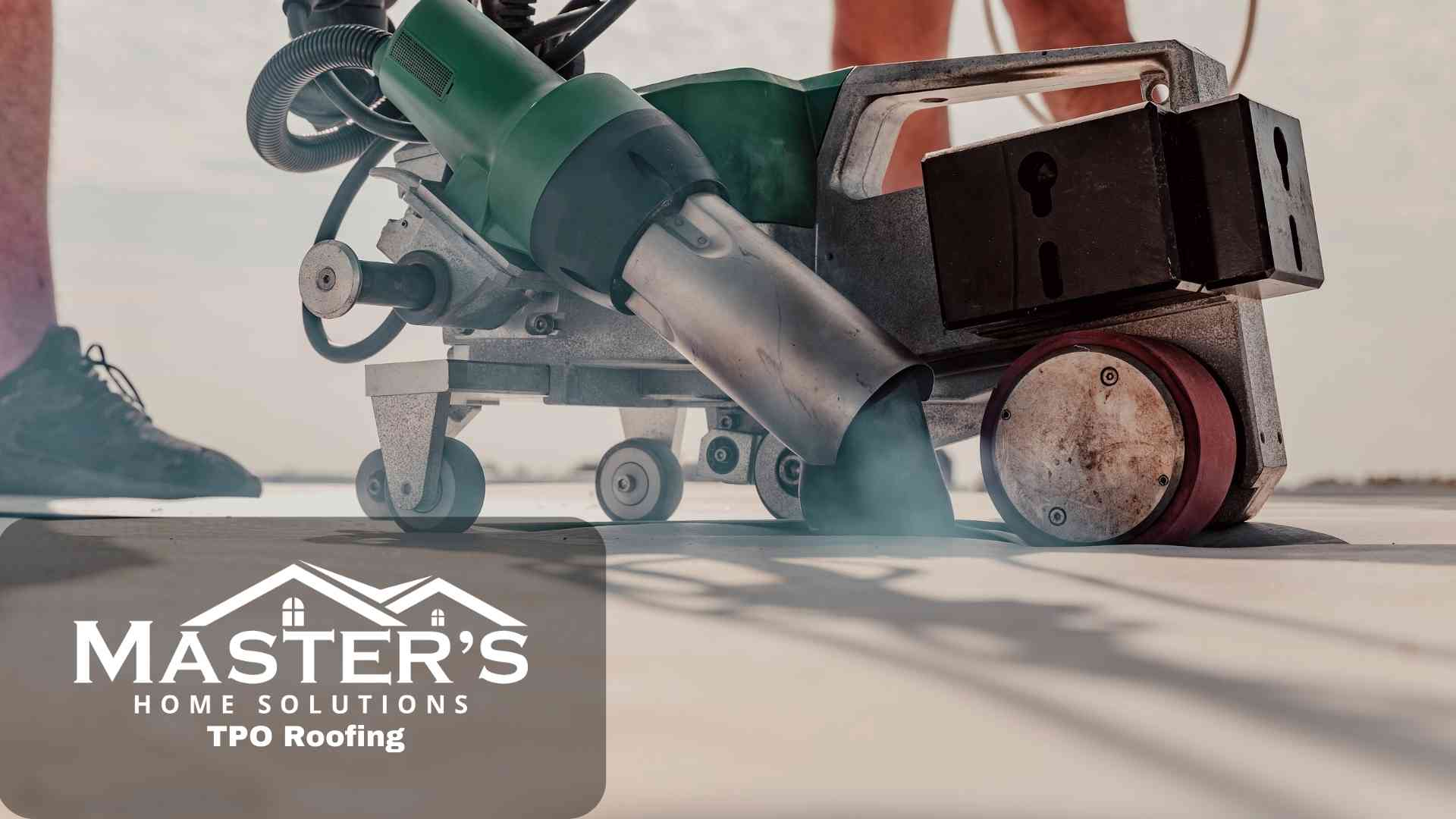
What is TPO Roofing?
TPO Roofing offers some truly unique advantages! It’s a blend of rubber and plastic, making it highly durable and energy-efficient. Plus, it’s resistant to UV rays, flexible, and strong against extreme weather. Installation is easier and cheaper than other roofing materials, and TPO can even be recycled at the end of its lifespan.
To get the most out of your TPO Roofing, consider these tips:
- Get annual inspections from professionals.
- Fix any damages or leaks ASAP.
- Clean the roof surface regularly.
- Minimize foot traffic on the roof.
- Ensure good ventilation in the attic.
With these steps, you can enjoy the benefits of TPO Roofing for years to come!
Benefits of TPO Roofing
TPO roofing stands for Thermoplastic Olefin roofing. It’s a popular roofing material with plenty of advantages.
- It’s strong and won’t tear, puncture, or be damaged by impact.
- It reflects sunlight and heat, keeping a building cooler and reducing energy use.
- Installation and maintenance are easy, no special tools or skills needed.
Plus, TPO roofing is eco-friendly. It’s 100% recyclable, so it’s a great option for the environment.
Let me tell you a story about TPO roofing. A company in a sunny area changed to TPO roofing for their warehouse. The reflective surface kept the inside much cooler, reducing energy bills. Plus, the roofing held up during heavy rain, sparing them costly repairs. This proves how great TPO roofing can be for businesses needing reliable protection and energy savings.
Installation Process of TPO Roofing
TPO roofing installation is a process that needs to be done right. Here’s a guide on how to do it:
- Surface preparation: Start by cleaning the roof surface. Get rid of dirt, debris, and any old roof material. Make sure the surface is dry and smooth.
- Insulation installation: Put insulation boards on the roof deck for thermal resistance and energy efficiency. Secure the boards with mechanical fasteners or adhesive.
- Membrane application: Roll out the TPO membrane sheets. Overlap them slightly for maximum waterproofing. Use a hot air gun or heat welding equipment to bond the seams.
- Edge detailing: Put in edge flashings and terminations around the roof perimeter. Secure them with screws or adhesive.
- Final inspections and finishing touches: Check for any deficiencies or areas that need attention. Make repairs if needed. Apply finishing touches like walkway pads or rooftop accessories.
TPO roofing has lots of advantages. It resists UV rays and heat damage. It’s also flexible enough to accommodate building movement. That’s why it’s a great choice for commercial and residential roofs.
A commercial building owner changed to a TPO roof after having leaks with their old roof system. The new TPO roof provided superior waterproofing and energy efficiency. This resulted in cost savings on heating and cooling bills. The owner was very pleased with the durability and performance of the TPO roof. They got peace of mind for years!
Maintenance Tips for TPO Roofing
TPO roofing, aka thermoplastic olefin, is popular for commercial buildings due to its durability and energy efficiency. To maintain the longevity of your TPO roof, here are some tips:
- Regular Inspections: Check your roof for any signs of damage or wear. Look for loose seams, punctures, and debris.
- Cleaning Routine: Use mild soap and water to scrub away dirt, leaves, and other debris. Remove any stains or mold growth.
- Preventative Measures: Take proactive steps. Trim tree branches to prevent them from rubbing against the surface.
- Professional Maintenance: Hire a professional roofing contractor for regular inspections and repairs.
Remember: TPO roofs may expand/contract with temperature changes. Monitor the condition of these areas. For added protection, consider applying a protective coating. Follow these tips and stay vigilant – you can ensure your TPO roof remains in optimal condition.
Conclusion
TPO roofing has many advantages. Its reflective properties help lower energy consumption and cooling costs. Plus, it can be installed seamlessly, reducing the risk of leaks. It’s also highly resistant to punctures, tears, and chemicals.
Plus, TPO roofing requires minimal maintenance. This saves both time and money. With proper care, it can last up to 30 years. Installing it is quick and hassle-free, so businesses won’t be disrupted too much.
For example, one manufacturing company in a hot climate region had high energy bills. After they installed TPO roofing, their energy expenses decreased significantly. This freed up money for other parts of their business, improving their overall profitability.
Frequently Asked Questions
FAQ 1: What does TPO roofing stand for?
TPO roofing stands for Thermoplastic Olefin roofing.
FAQ 2: What is TPO roofing made of?
TPO roofing is made of a blend of rubber, plastic, and filler materials.
FAQ 3: What are the advantages of TPO roofing?
TPO roofing offers several advantages, including excellent durability, energy efficiency, resistance to UV rays and chemical damage, and ease of installation.
FAQ 4: How long does TPO roofing last?
TPO roofing can last between 20 to 30 years, depending on factors such as maintenance, weather conditions, and installation quality.
FAQ 5: Is TPO roofing environmentally friendly?
Yes, TPO roofing is considered environmentally friendly because it can be recycled at the end of its lifespan and has energy-efficient properties that can help reduce cooling costs.
FAQ 6: Can TPO roofing be installed on any type of building?
Yes, TPO roofing can be installed on various types of buildings, including residential homes, commercial buildings, and industrial facilities.



